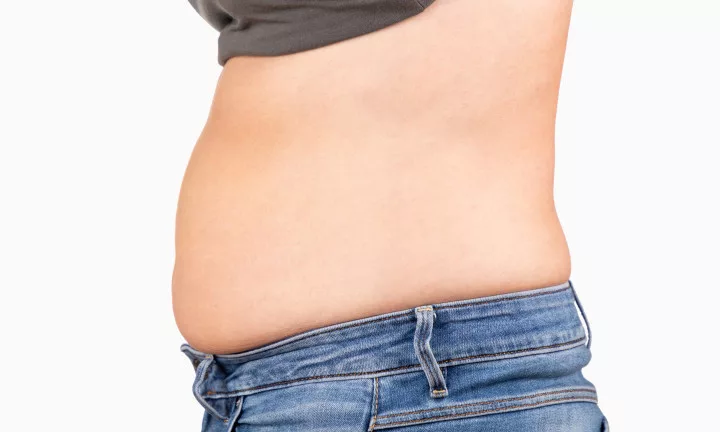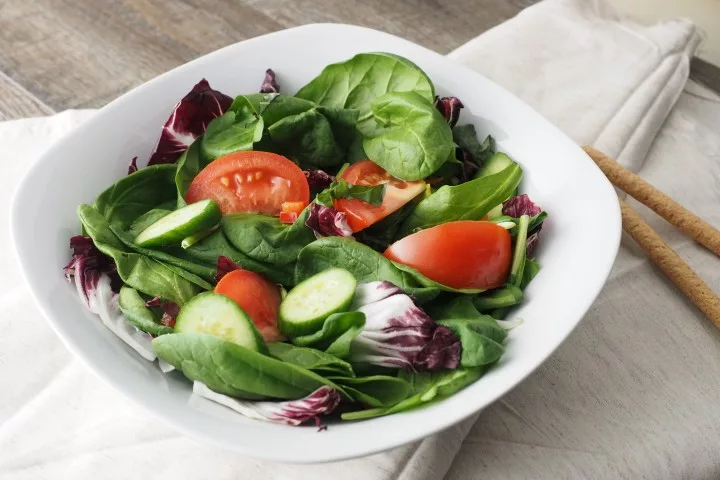Alcohol is one of the most consumed liquids. It is associated with good times and a stress buster. It is also classed as a depressant.
In layman’s terms, alcohol, the vital function of the one who consumes it, is slowed down.
Depending on your drinking habit, it can mess up your whole life. It can destroy your personal life. In this article, we will answer some of the questions you may have related to alcohol consumption.
Alcohol: What is sugar alcohol?
Sugar alcohol is a sweeter version of alcohol with fewer calories and carbohydrates, which means fewer health snags. They are a hybrid of sugar and alcohol molecules, as suggested by their name.
They are benign for alcoholics, too, because of no content of Ethanol, the substance in alcohol that gets you drunk.
It has a similar look to sugar in white crystals. Many sugar alcohols are commonly used as sweeteners, like Xylitol, Erythritol, Sorbitol, and Maltitol. A low glycemic index means a lower risk for obesity and metabolic health problems.
Benefits of Sugar Alcohol
Sugar alcohol is known for dental well-being, skin and bone health, and prebiotic health. Xylitol upsurges bone volume and mineral content that sentinels against osteoporosis and increases Collagen.
Collagen is the core structural protein in skin and connective tissues.
Sugar alcohol can cause digestive distress if taken excessively and is toxic to animals, as Xylitol is highly lethal to dogs.
Sorbitol helps with little episodes of constipation. Maltose doesn’t cause cavities or tooth decay and aid in weight loss too.
With almost no calories, no upshot on blood sugar, and pointedly fewer digestive problems than the others, erythritol seems to be the best sugar alcohol with its sweet taste and no perniciousness to dogs’ efficacy in teeth health.
What alcohol has the least sugar?
Although most drinks contain significant sugar, some unique drinks have negligible sugar.
- Champagne or dry sparkling wine may be a good choice because one glass contains about 1 gram of net carbs.
- A red or white dry wine contains about 2 grams of net carbs.
- A drink of whiskey contains 0 grams of carbs, being zero carb and gluten-free.
- The cocktail of dry Martini prepared with gin and vermouth embellished with lemon or an olive twist is said to have 0 carbs.
- Vodka and Soda water’s cocktail is also said to be zero carbs, which makes it perfect for no-sugar alcoholics.
- Beer contains a lot of sugar; however, it is maltose that is easily metabolized by our bodies.
How much alcohol is in your drink?
Generally, the ABV (alcohol by volume) for beer is 4.5 percent, 11.6 percent for wine, and 37 percent for liquor, according to the Alcohol Research Group of the Public Health Institute.
The thumb rule shows that 12 ounces of beer are equivalent to 5 ounces of wine and 1.5 ounces of liquor (the amount in a shot glass). Some beer labels claim much higher content than usual. For example, a 24-ounce bottle of Samuel Adams Utopia boasts an ABV of 27 percent.
Gin, vodka, brandy, grappa, and rum have an average of 40 percent of alcohol content.
Champagne has an alcohol content of about 12 percent.
The usual range for a Fermented drink, such as beer and wine, alcohol content for each is:
- Beer 2–6%
- Cider 4–8%
- Wine 8–20%
- Tequila 40%
- Rum 40% or more
- Brandy 40%
- Whiskey 40–50%
- Vodka 40–50%
- Liqueurs 15–60%
How long does it take for alcohol to kick in?
For alcohol to kick in, many factors count, like your age, size, weight, the concentration of alcohol, type of drink, gender, tolerance to it, and whether your stomach is empty.
Younger and older children are more liable to the fast inception of the alcohol kick. People with a smaller size or less weight will feel the punch faster.
Its absorption of it is directly proportional to its concentration. Cocktails and carbonated drinks incline to speed up the process. An empty stomach is more prone to getting kicked quickly than a full one. Women get the kick sooner due to many factors.
The more you drink, the more time it takes for you to feel the kick. On average, it takes about 1 hour to break down 10 ml or 8 g of pure alcohol.
How much alcohol does it take to get drunk?
Drinking liquor is a bad habit if not within limits. While quitting it in one go is tough, decreasing the amount slowly can be more comfortable and fruitful. Moreover, if you consume too much, you can pass out or blackout leaving you embarrassed and susceptible to the dangerous environment.
The quantity of liquor is relevant to your body size. A person with a bigger size requires more to get drunk. It takes roughly 20 pounds of body mass to shrink the blood alcohol content by .01 for each drink one indulges.
Women usually have more body fat and smaller size, because of which they are prone to getting drunk with lesser amounts.
Furthermore, the amount of liquor differs based on the type of drink, making it not the same for every drink. The rule of thumb states that .6 ounces are equal to a 12-ounce bottle of beer, a full glass of wine (about 5 ounces), or a shot of hard liquor (about 1.5 ounces), and each drink creates a blood alcohol content level of about .025 or .03 once consumed.
If you have all three in an hour, the blood alcohol level escalates to the legal definition of drunkenness at .08.
Effects of Alcohol
Slurred speech, unsteady movement, disturbed perceptions, and a dulled reflex is the immediate effects of drinking. It reduces a person’s ability to rationalize things and distorts their judgment.
The amount consumed plays a vital role in determining the type of effect. Most people like consuming it for the stimulant effects drinks such as a beer or glass of wine taken to loosen the body and mind.
The mild liquor level may not have much effect, but when the level reaches more than the body can handle, the drink’s anti-depressant effect comes into play.
You will start losing awareness of the surrounding area and gradually lose neuromotor coordination, commonly known as walking drunk.
In the US, the number of pedestrian death was 4,432 in 2011, which is about an average of one death every two hours, as per the report from the department’s National Highway Traffic Safety Administration,
When the level exceeds even more, you stop feeling pain, vomiting, and even unconsciousness may follow. Moreover, it can also result in coma or even death from a severe toxic overdose.
The liquor effects depend upon the type of drink, the time to consume it, and the speed of consumption. It is not everyone’s cup of tea, literally.
Does alcohol affect sperm?
If a stressful day at work tells you to crack open a fresh, cold beer and chill out, the idea can be tempting but hold that thought. It turns out that even a moderate weekly alcohol intake of five units is linked to lower sperm quality in healthy men.
Does alcohol kill brain cells?
Duh, it does. Wrong!!!
Moderate boozing doesn’t kill brain cells, but an excess of it can damage the brain. Cell death has nothing to do with it because the amount of alcohol needed to kill brain cells would seemingly also kill the person.
It doesn’t mean that alcohol does not damage the brain. While it does not kill brain cells, it can still damage dendrites vital for transmitting signals, and its degradation causes cognitive problems.
What brain disorders can alcohol give you?
Wernicke-Korsakoff Syndrome is a brain disorder that alcoholics are likely to develop. Wernicke-Korsakoff is related to memory, confusion, eye paralysis, and lack of muscle coordination.
It can lead to brain cell death(aka cell apoptosis). It is not because of the liquor; specifically, it is due to thiamine deficiency.
Thiamine is a crucial vitamin to neuron health, and alcohol can disrupt thiamine absorption in the body.






